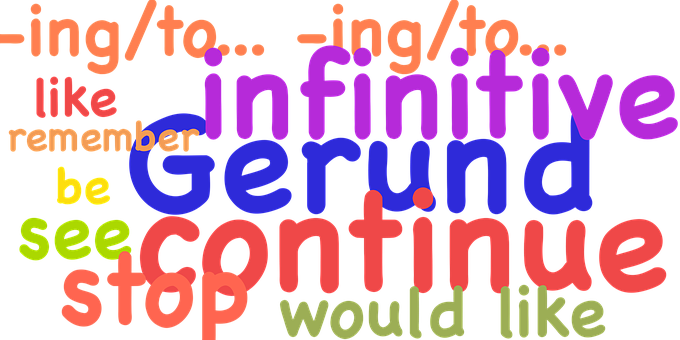The best prose is poetry. The good news is, turning your prose into poetry isn’t an onerous task that you complete at the last minute, like a college term paper.
It’s a process you begin while you’re reviewing your first freewrite. It’s what you do in those five-minute bursts when you don’t have time to develop a new thought; or at the end of a long day when you’re too tired to write anything new.
That’s when the artistry happens.
Make Your Prose Flow Like Poetry
Here are twenty ways to make your prose flow like poetry:
Any “Thing” Goes
1. Search for and replace every use of “thing” with a concrete noun. If a word means everything, can it mean anything?
2. Search for and replace variations of “There is” and “There are” with active verbs whenever possible (which is usually). For instance, instead of “There were a lot of protestors at the demonstration,” how about “Protestors filled the streets and overflowed onto the sidewalks”?
3. Use Cut and Paste to move sentences until the order releases the flow of your idea.
4. Expand one-sentence paragraphs unless they are for emphasis or dialogue.
5. Vary your sentence structure to include a diverse sample of the three basic sentence styles:
- simple: subject noun and predicate verb
- complex: simple sentence and dependent clause, often separated by a comma
- compound: two simple sentences separated by a conjunction: “and,” “but,” “or,” “nor,” or “for,” but not “however” or “though”
What I Mean Is
6. Eliminate redundancy: Find the best way to express your thought and ditch the rest.
7. Tighten up transitions between paragraphs, between sentences, and within sentences.
8. Check for consistency in verb tense and voice. If you’re telling a story you probably want to be in past tense.
9. Check for subject-predicate and antecedent-pronoun agreement: The Associated Press stylebook now accepts “they” as both singular and plural third person (see “Make Yourself a Cheat Sheet and Avoid Common Errors in Writing”), making our struggle with third-person singular so much easier.
10. Include colorful quotes to capture personalities, explain difficult concepts, and move the action. Use attribution: “she said”; “According to.”
Wy Yu Hier N Editer
11. Spell your words correctly. Your book isn’t social media. Readers will notice errors. When in doubt, type your best guess into your Internet search bar and the correct spelling and dictionary definition will appear, often at the top of the page. And when did the plural of “book” become “book’s”?
12. Do Search and Replace to turn two spaces between sentences into one.
13. Sprinkle your text with figurative comparisons:
- Simile: Literary device that uses “like” or “as” to compare ideas or objects that would not otherwise be considered comparable; in other words, “They’re like apples and oranges.”
- Metaphor: Considered stronger than simile because it gets right to the point by not using “like” or “as” — “They’re apples and oranges.”
- Analogy: Similar to metaphor and simile but requires explanation and usually concludes that if two ideas or things are similar in one way they are similar in other ways also. “Finding a good example of an analogy is a pain in the neck” is a good example of an analogy.
- Irony: A literary device that uses words with an apparent obvious meaning to mean the opposite, with “sarcasm” being irony with a bite. “Oh, yeah, that’s a great example of irony!”
14. Avoid “nice”: As meaningless to modify nouns as “thing” is to replace them. Use concrete, specific details.
15. Replace weak verb following a string of adverbs with one strong verb.
Very Important Info, You’ll Somewhat Agree
16. Get rid of the qualifiers: very, somewhat, rather, quite a bit. What they scream is that you don’t have confidence in the word that follows.
17. Use the series of three: Wynken, Blynken, and Nod; Huey, Dewey, and Louie. Tom, Dick, and Harry. They flow.
18. “Alluring allocation of allegories” — I have no idea what that means but doesn’t it flow nicely? It’s called alliteration.
19. Raise the level of your vocabulary by not settling for the first word that comes to mind.
20. Use subheadings to break up the text and guide the flow of information.
In what other ways do you turn your prose into poetry?
Congratulations
Don’t submit your book for consideration or uploading until your prose flows like poetry. Revise and re-revise as many times as necessary until you can read it and exclaim, “This is amazing. I wish I had written it,” and realize that you did write it. Congratulations. Your prose is poetry.
* * *
This piece was adapted from Ken Wachsberger’s You’ve Got the Time: How to Write and Publish That Book in You. Ken’s other books may be found here and here. For book coaching and editing help, or to invite Ken to speak at your meeting, email Ken at [email protected].
Schedule your complimentary 30-minute coaching and editing session now.








